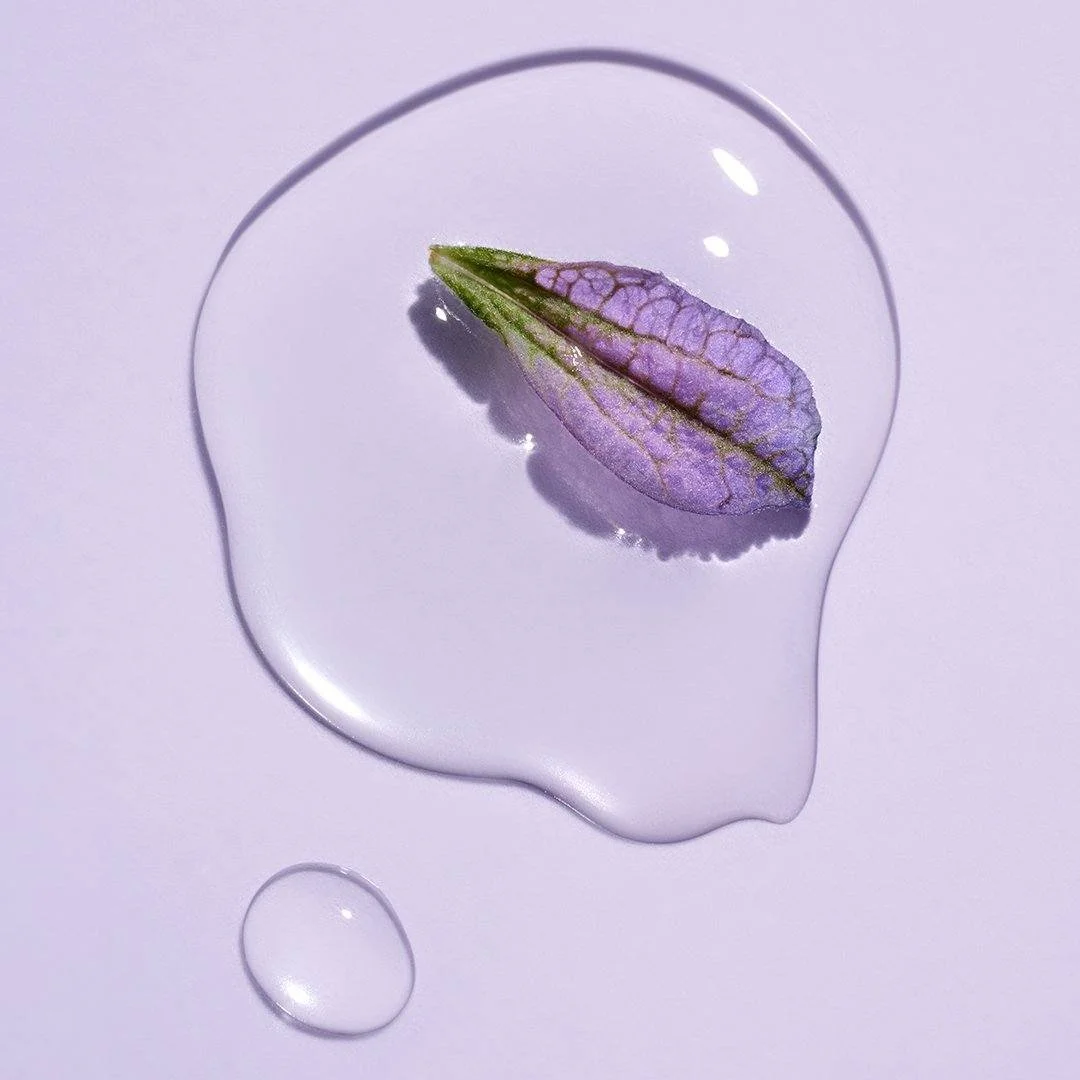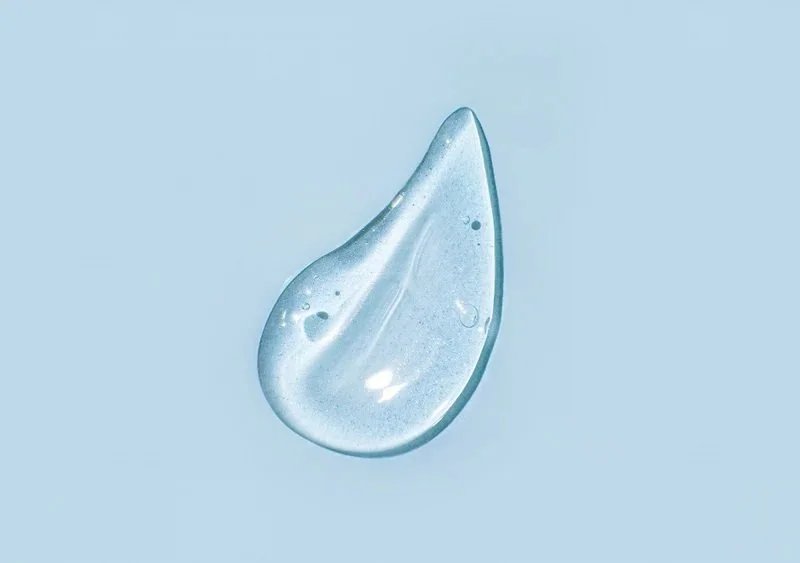Ingredients.
Ingredients.
Prior to building your formula, you should do research on your ingredients, their effect(s), and how they interact with other ingredients. If you are mixing oil and water for cosmetics and/or food you will most likely need an emulsifier to keep the mixture from “breaking”.
To revisit any of these terms you can always refer back to the Magic Dictionary in your Tools Module.
Note: Regulations are always changing so it is important to research the most up-to-date information per your regulations per your country.
Ingredient Types.
Colorants / Pigments
Pigments are compounds responsible for coloring products. These additives are useful in enhancing the color of a product that has been lost during processing and/or increase its attraction.
There is a noticeable growth in consumers demand for natural versus artificial pigments. Artificial pigments are undesirable due to them being harmful and causing long term adverse effects. Always check which pigments are permitted to be used in your formula(s).
Preservatives / Antioxidants
There is a difference between a preservative and an antioxidant.
Preservatives are agents that inhibit the growth of undesirable microorganisms in products.
Antioxidants are compounds that delay or prevent the products from oxidative rancidity.
-
Preservatives are essential to prevent bacteria, mold, and yeast from growing. Preservatives act like spores, usually disrupting cell membranes making the product a hostile environment impeding growth.
If your product contains water, aloe Vera etc. a preservative is needed. For cosmetics a broad-spectrum preservative is advised.
Note: You could label your product as “preservative free” and it not truly be preservative free. You can choose a preservative that has dual function and relies on its other function(s) to highlight the ingredient such as vitamins. Be cautious however, vitamins and other ingredients we add to our product can act as food to microorganisms.
Tip: Heating and holding the water phase of your product at 100◦C/212◦F for 30 minutes will help reduce the level of non-endospore forming bacteria. Also note, that adding any conditions above or below normal will possibly cause some degradation.
NOTE: Cold processed soaps (made with sodium hydroxide) do not need added preservatives. Generally, If the pH is above 10 a preservative may not be required. Anhydrous (dry) products do not need preservatives. The only time a preservative would be needed is if there is a possibility that water or humidity could be introduced.
NOTE: Waxy or butter-based products whether food or cosmetics, do not usually contain water and can suffer from grainy white spots. This is a common issue that I am made aware of quite frequently. If this is happening to your product, most likely it is due to your product containing varying amounts of fatty acids that all have different melting and solidification points. Tempering and stirring during the cool down phase can help avoid graininess. Tempering is usually used for chocolate making and uses a process that involves melting the product completely and then pouring into a separate vessel / container and into a cold environment (a “cooling tunnel” in manufacturing).
-
Antioxidants have been used as preservatives to limit or delay both biological and chemical spoilage of products by preventing the autoxidation of pigments, flavors, lipids, and vitamins. They have the potential to control and prevent natural deterioration by microorganisms.
Additional Ingredients
-
Water and oil are the most universally considered solvents. While they are solvents separately are solvents, they do not mix. Water is a polar solvent and oil is a non-polar solvent.
In some cases, you will want to add only 80% of your solvent and the 20% reserved for the end. This is due to sometimes not needing as much or needing a little more water or solvent once all the other ingredients are added. This is caused by not knowing the true density of your ingredients or during processing (mixing; water evaporation due to friction or heat.) or other factors. This terms is called “To 100”. Meaning, there is not set amount of water in total yet until you get a good grasp on your formula so at the end of your formula you might need to add water up to 100% of your volume and/or weight.
-
Active ingredients are the components that have a therapeutic effect on the body. Inactive ingredients can help the active ingredients absorb and/or breakdown easier so they can work properly.
-
The inactive ingredients are also called excipients. These are the components of a formula that do not influence you. If they have no effect, it can seem as though they are unnecessary. They serve a purpose however whether it be as fillers, flavorings, coatings, or preservatives.
-
Texture is important for how a product looks and feels. Emulsifiers, thickeners, stabilizers and gelling agents are used as additives to maintain texture and prevent the separation of ingredients. These agents are used widely in food, beverage, pharmaceuticals, packaging, personal hygiene etc.
NOTE: Cold processed soaps (made with sodium hydroxide) do not need added preservatives. Generally, If the pH is above 10 a preservative may not be required. Anhydrous (dry) products do not need preservatives. The only time a preservative would be needed is if there is a possibility that water or humidity could be introduced.
NOTE: Waxy or butter-based products whether food or cosmetics, do not usually contain water and can suffer from grainy white spots. This is a common issue that I am made aware of quite frequently. If this is happening to your product, most likely it is due to your product containing varying amounts of fatty acids that all have different melting and solidification points. Tempering and stirring during the cool down phase can help avoid graininess. Tempering is usually used for chocolate making and uses a process that involves melting the product completely and then pouring into a separate vessel / container and into a cold environment (a “cooling tunnel” in manufacturing).
-
Surfactants - Surfactants strip away dirt from surfaces and bring it down with the water upon rinsing. They are detergents which make surfaces, like hair or skin, squeaky clean. Surfactants are the main ingredient in soaps, which make it bubble when you lather it comes in contact with water and friction.
EXAMPLE: Sodium Lauryl sulfates
-
Emollients provide moisturizing properties for shampoo, and conditions the hair, making it feel smoother.
EXAMPLE: Dimethicone
-
Foaming agents can reduce the surface tension of the liquid and produce a large amount of uniform and stable foam by mixing with pressurized air.
Ingredients of a foaming agent include surfactants, foam stabilizers, and so on.
A natural foaming agent is Decyl Glucoside. A gentle and mild natural surfactant which doesn't contain any impurities. It is obtained from 100% renewable vegetable origin and is produced by the reaction of glucose from corn starch with the fatty alcohol decanol, which is derived from coconut.
BONUS MATERIAL
Common Ingredient Names & Their Functions
click here
Ingredient Categories.
Organic
The organic rules for personal care versus food are different as you might have anticipated. Rules for personal care products are not as straightforward as food. The FDA regulates personal care products; however, the agency does not regulate the term “organic”.
Organic claims for cosmetics are regulated by the US Department of Agriculture and only applies to the agricultural ingredients used in personal care products.
-
If labelled 100% organic, no non-organic ingredient is permitted. Most of your raw, unprocessed/minimally process farm crops can be labeled 100%. For a product to claim this label you will need 100% of your ingredients (excluding salt and water) to be organic.
-
Any product that contains a minimum of 95% organic ingredients (excluding salt and water). Up to 5 percent of your ingredients may be nonorganic agricultural and/or nonagricultural products on the National List.
-
Made with Organic: When a product contains at least 70 percent of organically produced ingredients (excluding salt and water).
Food & Beverage
-
Contains only organically produced ingredients.
-
At least 95% of the finished goods ingredients are organically produced. The remaining 5% of the ingredients must be on the list of approved substances.
Cosmetic
Vegan
Simply put, vegan means the absence of animal ingredients, while cruelty-free refers to a product that doesn't test on animals. It is possible for a vegan item to have been tested on an animal and a cruelty-free product to contain animal ingredients.
A product claiming to be vegan does not contain any animal or animal-derived ingredients. This includes, but not limited to, honey, beeswax, lanolin, collagen, albumen, carmine, cholesterol and gelatin.
To many, the term “Vegan” refers to the product being free from animal testing as well. There is no legal regulation on the term “Vegan”. It is easy for many to self-certify a product Vegan.
Additional Categories
-
This is often the most overused description. A product can be natural even if it has just 1% naturally sourced, plant-based, or mineral raw materials/ingredients. Also keep in mind that most products require some level of preservatives that are often, synthetic. 100% natural products will have a significantly shorter shelf life.
When using “natural” ingredients that use natural extracts or hydrosols, they will have almost no impact on performance so putting more than 0.1% vitamins in a hair formula would be a mistake as they do nothing in hair products.
-
If a product says “Cruelty-Free” or has a bunny on it, this does not ensure that it is made without harm or testing of animals. This image or label may only refer to the finished product. Nearly all animal testing occurs at the ingredient level. The only way to be 100% certain a finished product is cruelty-free is to be certified through the Leaping Bunny program which requires that no animal testing are to be used in any phase of product development by the company, laboratories, and/or ingredient suppliers.
-
Generally free from sulfates, silicones, phthalates, parabens, pesticides, petroleum derivatives, artificial coloring, and synthetic fragrances.
-
These ingredients, usually key botanical extracts such as coconut, Argan, apricot, and Brazil nut oils as well as Shea butter are ensured to be bought at a fair price. Fairtrade ensures sustainable wages for the local, small-scale farmers who grow the crops to produce such ingredients.



